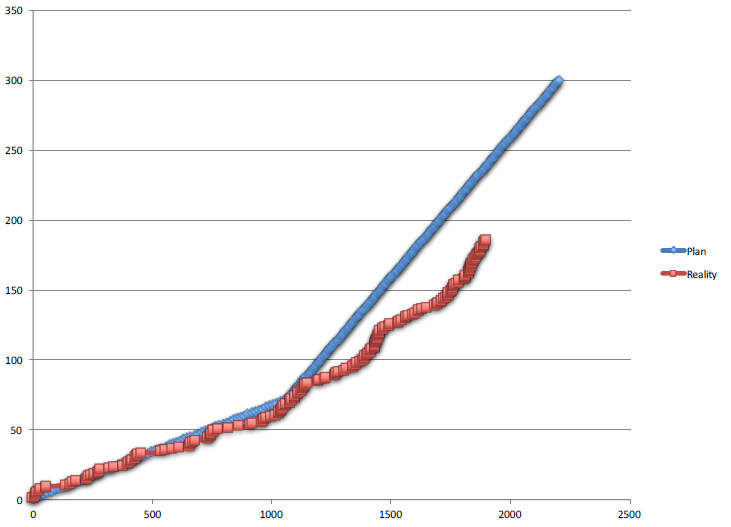Study of the fracture of the upper part of the humerus
In Finland, around 3 000 fractures of the upper part of the humerus are diagnosed each year. A typical patient is a woman over 60 years of age who falls on her shoulder. As a result of the fall, either a so-called simple and non-displaced fracture or a complicated, fragmented, multi-piece fracture occurs variably. There are many fracture typologies, or classifications, but none of them will prescribe the best treatment nor predict the outcome of the treatment. Although numerous scientific studies have been conducted on fractures, they are mainly follow-up studies, and it is difficult to draw conclusions from them to back up treatment decisions. There are only a few scientifically high-quality studies, but their results are not yet sufficient to make generalizations concerning treatments.
Due to the lack of scientific evidence for different treatments, Tampere University Hospital (TAYS) has started a randomized multi-center study of the fracture of the upper part of the shoulder carried out as a research project of the Academy of Finland. The cooperation partners in Finland are the Central Finland Hospital in Jyväskylä and Kuopio University Hospital (KUH).
Foreign centers involved are the Karolinska Hospital (KS) and the Uppsala University Hospital (Akademiska) in Sweden and from Denmark the Aarhus University Hospital (AUH). In addition, from Estonia is involved the North Estonia Medical Centre (PERH). The study plan has been approved by local ethical committees in Finland, Sweden, Denmark, and Estonia. The study is funded by the National Research Funding (VTR, a former EVO) and the Academy of Finland.
The study protocol was published in the BMC Musculoskeletal Disorder magazine.
Fracture classifications
We use commonly used classification developed by Charles Neer, which the number of fracture pieces is used to indicate the class of the fracture.

The situation for the intake of the study patients compared to an optimal situation.







